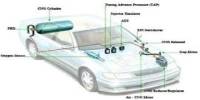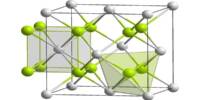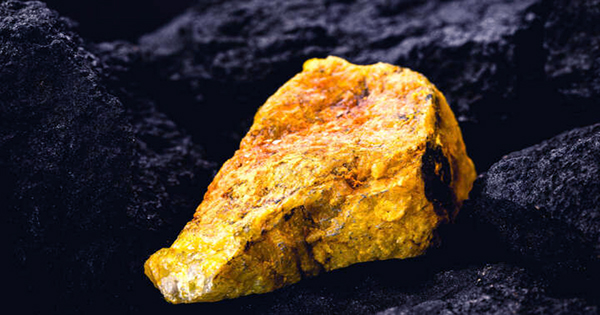Saturation velocity refers to the maximum velocity that charge carriers (such as electrons or holes) can attain in a semiconductor material under an applied electric field. It is the maximum velocity a charge carrier in a semiconductor, generally an electron, attains in the presence of very high electric fields.
When the electric field is increased beyond a certain threshold, the velocity of the charge carriers no longer increases significantly, even though the electric field is still present. When this happens, the semiconductor is said to be in a state of velocity saturation. This is due to various scattering mechanisms (like phonon scattering or impurity scattering) that prevent the carriers from accelerating further. Charge carriers normally move at an average drift speed proportional to the electric field strength they experience temporally. At this point, the carriers reach what is called the saturation velocity. The proportionality constant is known as mobility of the carrier, which is a material property.
Key Points:
- Saturation velocity in semiconductors is typically observed at high electric fields, where the acceleration of carriers is countered by scattering events.
- It is important in high-speed electronics, such as transistors and semiconductor devices, because it limits the maximum current that can flow through a material.
- The value of the saturation velocity depends on the material. For example: In silicon, the saturation velocity is around 10^7 cm/s. In gallium arsenide (GaAs), the saturation velocity is higher, around 10^8 cm/s.)
- Temperature dependence: As temperature increases, the scattering rates of charge carriers also increase, which can affect the saturation velocity.
A good conductor would have a high mobility value for its charge carrier, which means higher velocity, and consequently higher current values for a given electric field strength. There is a limit though to this process and at some high field value, a charge carrier can not move any faster, having reached its saturation velocity, due to mechanisms that eventually limit the movement of the carriers in the material.
In essence, saturation velocity is a critical parameter in understanding and designing high-speed semiconductor devices, where the efficiency of charge transport plays a central role. As the applied electric field increases from that point, the carrier velocity no longer increases because the carriers lose energy through increased levels of interaction with the lattice, by emitting phonons and even photons as soon as the carrier energy is large enough to do so.
















